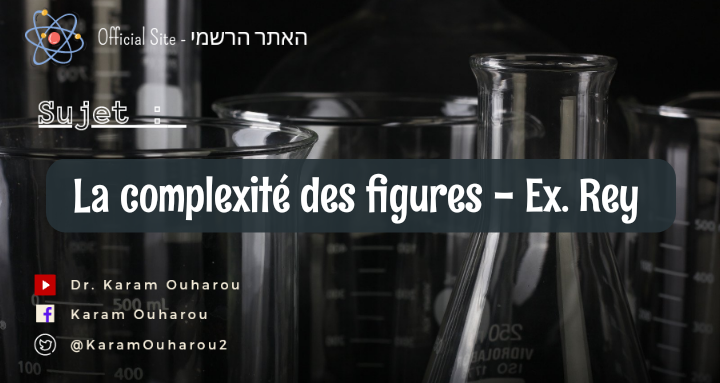Tailoring Phonon Polariton Dispersion through Van der Waals Isotope Heterostructures - A Paradigm for Precise Engineering
Abstract
Element isotopes are characterized by distinct atomic masses and nuclear spins, which can significantly influence material properties. Notably, however, isotopes in natural materials are homogenously distributed in space. Here, we propose a method to configure material properties by repositioning isotopes in engineered van der Waals (vdW) isotopic heterostructures. We showcase the properties of hexagonal boron nitride (hBN) isotopic heterostructures in engineering confined photon-lattice waves—hyperbolic phonon polaritons. By varying the composition, stacking order, and thicknesses of h10BN and h11BN building blocks, hyperbolic phonon polaritons can be engineered into a variety of energy-momentum dispersions. These confined and tailored polaritons are promising for various nanophotonic and thermal functionalities. Due to the universality and importance of isotopes, our vdW isotope heterostructuring method can be applied to engineer the properties of a broad range of materials.
Introduction
In the realm of materials science and nanotechnology, the pursuit of novel ways to manipulate and control light-matter interactions has led to groundbreaking developments in the field of phonon polaritons. These quasiparticles, which emerge from the coupling of photons with lattice vibrations (phonons) in a solid, offer exciting opportunities for applications in photonics, sensing, and energy harvesting. A recent avenue of research has focused on harnessing Van der Waals isotope heterostructures to engineer and tailor phonon polariton dispersions, unlocking a new level of control over these unique phenomena.
Understanding Phonon Polaritons
Phonon polaritons are hybrid light-matter states that arise from the strong coupling between infrared photons and lattice vibrations. Unlike traditional photons, phonon polaritons are confined to subwavelength dimensions, enabling unprecedented control over their propagation and behavior. This confinement is achieved through the collective vibrations of atoms in a crystal lattice, leading to the formation of two branches of polaritons: longitudinal optical (LO) and transverse optical (TO) modes. These modes exhibit distinct dispersion curves, governing their energy and momentum relationships.
Van der Waals Heterostructures
Van der Waals heterostructures, a class of artificially engineered layered materials, have emerged as a versatile platform for tailoring material properties at the nanoscale. These structures consist of atomically thin layers stacked on top of each other through weak Van der Waals interactions. By carefully selecting and stacking different two-dimensional materials, researchers can engineer new properties and functionalities that are absent in individual components.
Isotope Engineering for Phonon Polaritons
Isotope engineering, a technique involving the substitution of atoms with different isotopes in a crystal lattice, has garnered attention as a powerful tool for modifying phonon properties. Isotopes differ in mass, which affects the phonon frequencies and dispersions within a material. Researchers have utilized isotope engineering to fine-tune phonon frequencies and lifetimes, leading to tailored phonon polariton dispersions.
Engineering Phonon Polariton Dispersions
In the context of Van der Waals isotope heterostructures, researchers have leveraged isotope engineering to create unprecedented control over phonon polariton dispersions. By stacking layers of isotopically distinct materials, they can create gradient structures where phonon polaritons experience varying dispersions across the heterostructure. This allows for precise control of polariton propagation, confinement, and coupling with other materials.
Applications and Implications
The ability to engineer phonon polariton dispersions in Van der Waals isotope heterostructures has significant implications for various applications. For instance, these structures could find use in designing efficient thermal emitters and detectors, leading to advancements in thermophotovoltaics and radiative cooling technologies. Additionally, the tailored confinement and propagation characteristics of phonon polaritons could enable new approaches in on-chip communication and sensing platforms.
Challenges and Future Directions
While the field of Van der Waals isotope heterostructures for engineering phonon polariton dispersions is promising, several challenges remain. The precise control of isotopic composition across layered structures can be technologically demanding. Furthermore, understanding the intricate interplay between phonon polaritons and other quasiparticles in these heterostructures requires further investigation.
The intersection of Van der Waals heterostructures and isotope engineering presents a captivating avenue for manipulating and engineering phonon polariton dispersions. As researchers continue to explore this field, the potential applications and breakthroughs could reshape the landscape of nanophotonics, enabling advanced technologies and opening new realms of control over light-matter interactions.



Comments